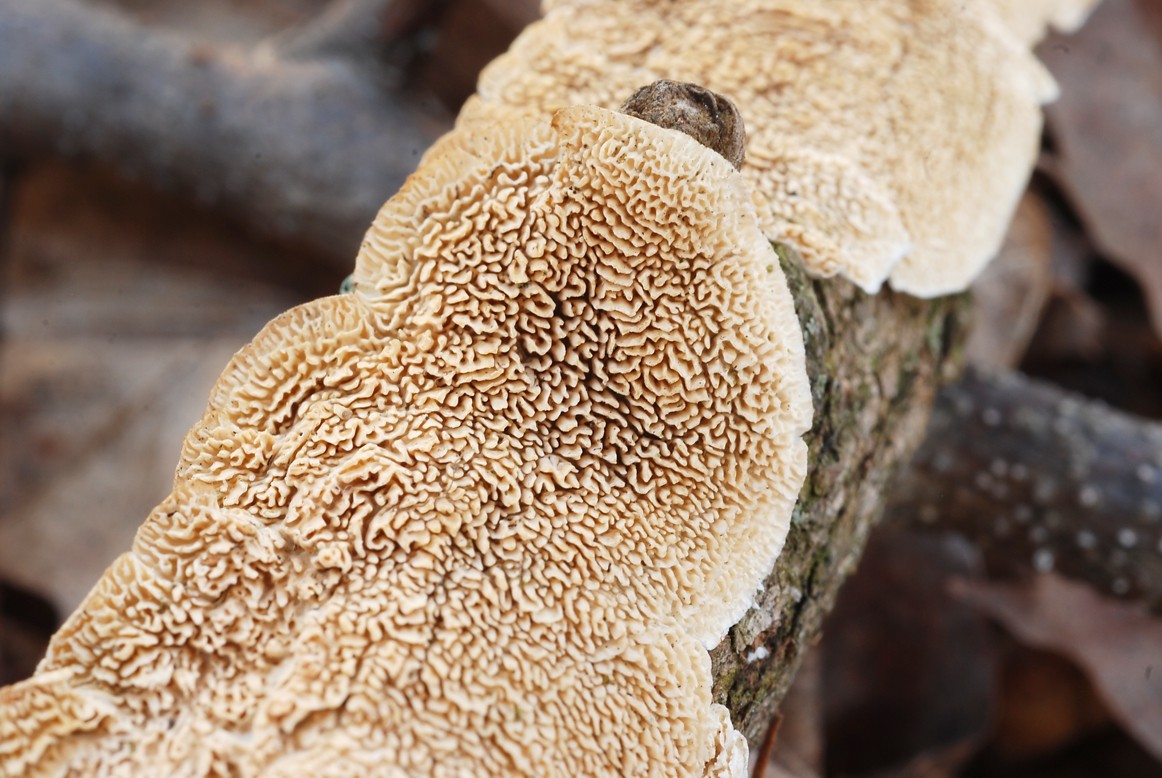Irpex
Nom scientifique: Irpex
Irpex
Nom scientifique: Irpex
 Photo By Otto Miettinen , used under CC-BY-SA-3.0 /Cropped and compressed from original
Photo By Otto Miettinen , used under CC-BY-SA-3.0 /Cropped and compressed from original La description
Irpex est un groupe fascinant connu pour ses capacités de décomposition du bois, formant souvent des structures blanches en croûte sur les arbres morts. Ils jouent un rôle important dans les écosystèmes forestiers en décomposant le bois mort, recyclant ainsi les nutriments. Certaines espèces de irpex présentent une structure unique en 'dents' sur la face inférieure, ce qui aide à la dispersion des spores. Leur capacité à décomposer des matériaux végétaux résistants les rend essentiels pour maintenir un équilibre sain dans les environnements forestiers.